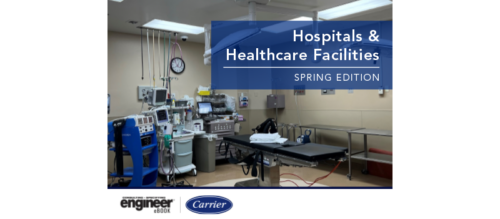The Need for Steam
As is the case with many health-care institutions, Kaiser Hospital in Sunnyside, Ore., periodically requires large amounts of steam for heating and sterilization. However, in the past, the difficulty was that one boiler was not sufficient to handle the sudden load swing. "In the wintertime, our two 300-hp fire-tube boilers would not hold the load, so we'd have to run our 500-hp boiler with a 30...
As is the case with many health-care institutions, Kaiser Hospital in Sunnyside, Ore., periodically requires large amounts of steam for heating and sterilization. However, in the past, the difficulty was that one boiler was not sufficient to handle the sudden load swing.
“In the wintertime, our two 300-hp fire-tube boilers would not hold the load, so we’d have to run our 500-hp boiler with a 300 hp in standby, staying warm. And, in the summertime, we had one 300 hp on-line with the other 300-hp fire-tube in standby,” explains Kaiser’s Maintenance Manager Wayne Daggett.
Once GVA Northwest, LLC, was brought in as a consultant, the Portland, Ore.-based M/E firm informed the hospital that boiler size was not the problem. The real issue was that it took the standby boiler up to a half an hour to kick into full gear to meet sudden increases in the hospital’s steam needs.
The solution was to retrofit with two 200-hp water-tube boilers, that had the ability to produce steam within minutes of being fired up.
With significantly higher efficiencies, the hospital has been able to meet its heat and steam needs with just one 200-hp boiler in the summer. In the winter, the entire load is also covered by a single 200-hp boiler on-line, but backed with the second boiler.
“The boilers run as needed, modulating themselves as the load dictates,” says Daggett. “The increase in efficiency is really helping us out.”
Looking at the numbers, GVA designer John Hilton confirms, “If you figure that previously, 600 to 800 hp was required for peak demand and now it’s just 400, it is not surprising that the hospital estimates they are saving 25% on their fuel bill.”
Do you have experience and expertise with the topics mentioned in this content? You should consider contributing to our CFE Media editorial team and getting the recognition you and your company deserve. Click here to start this process.


